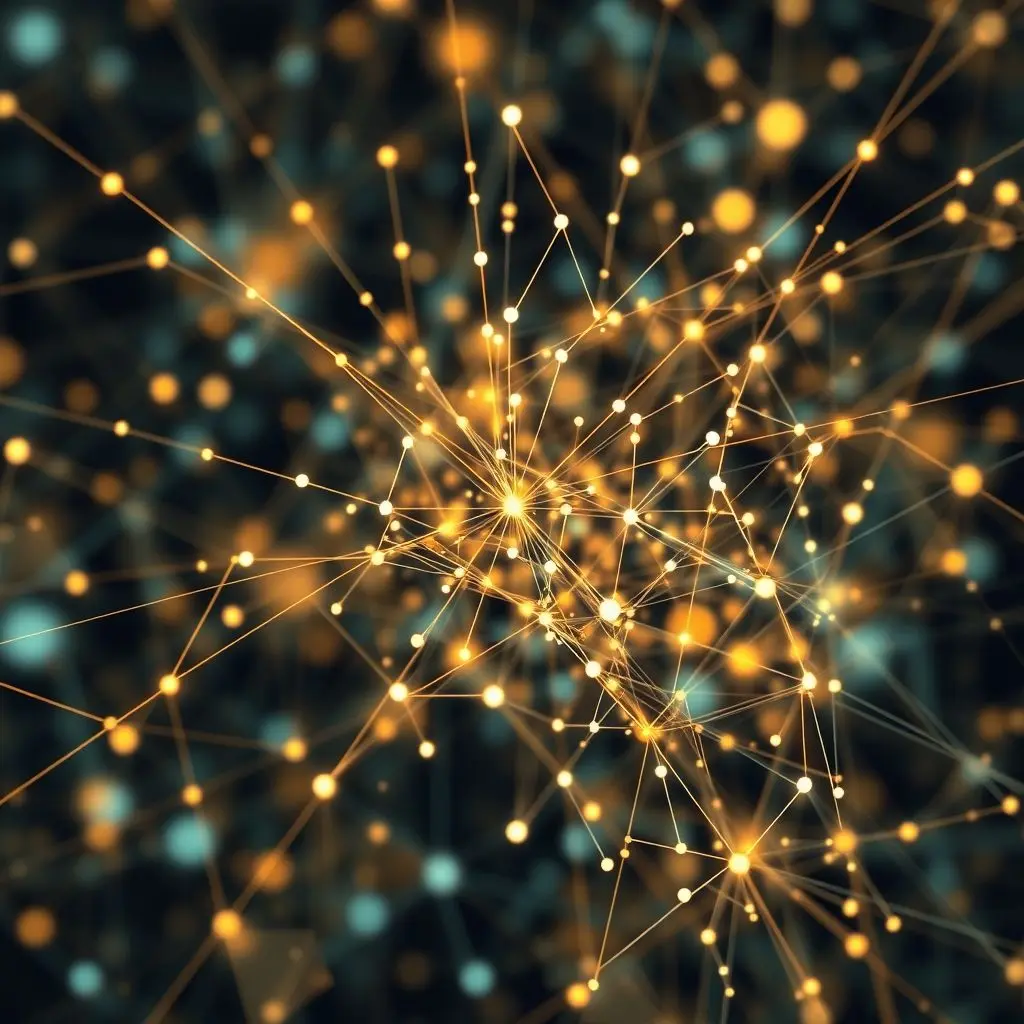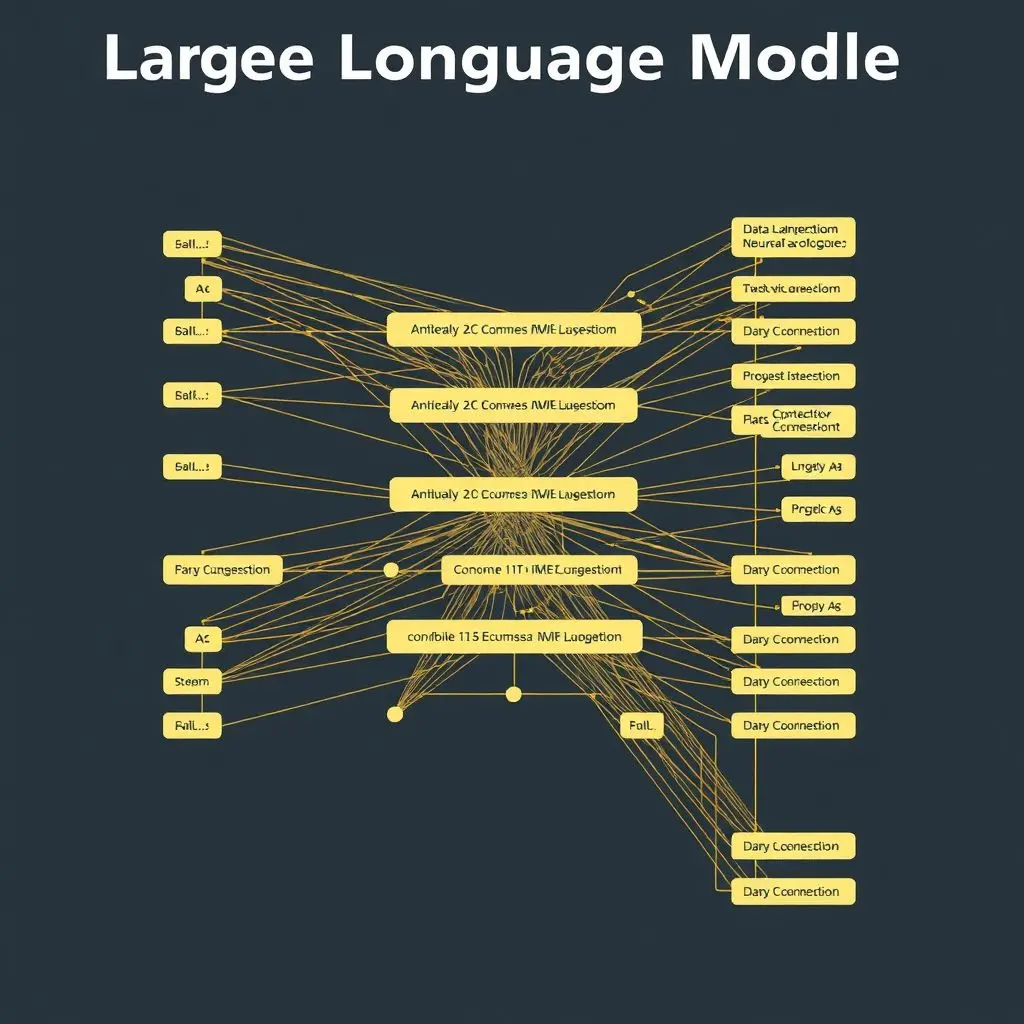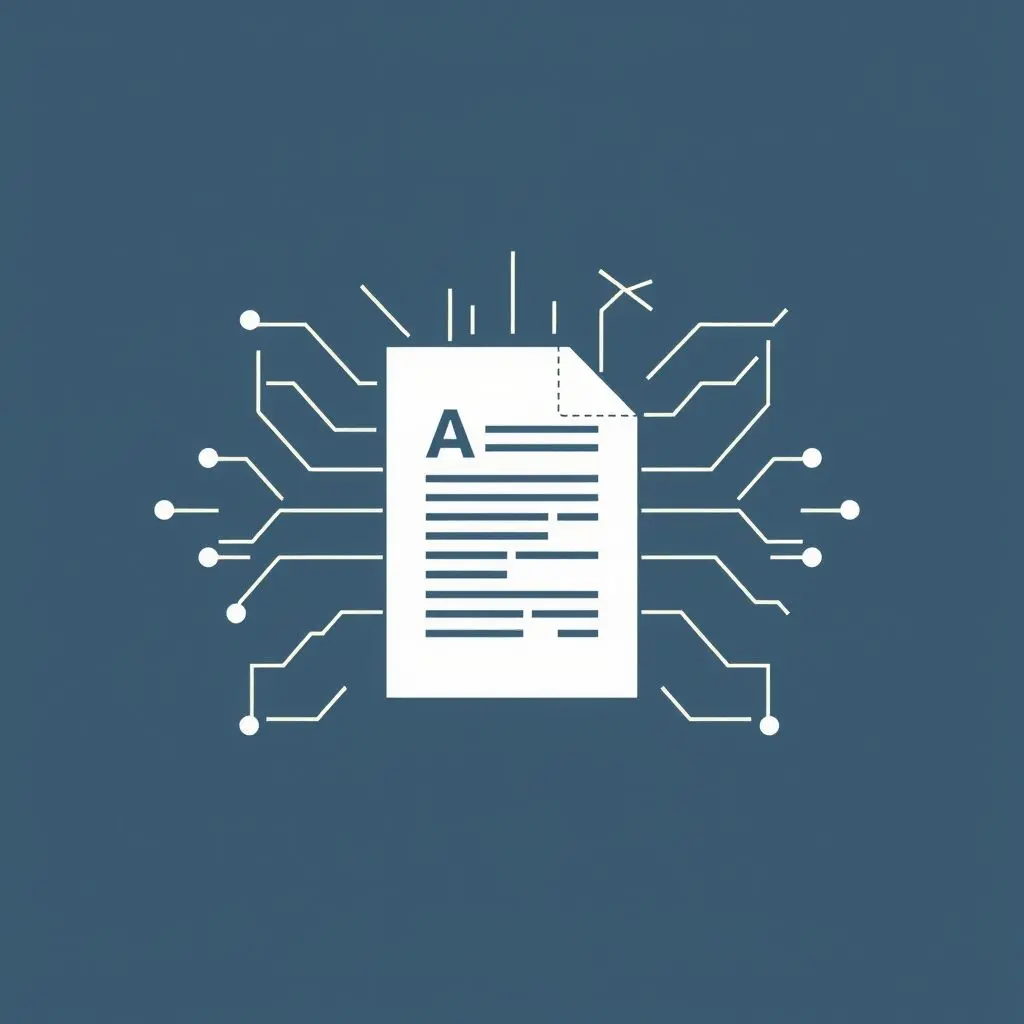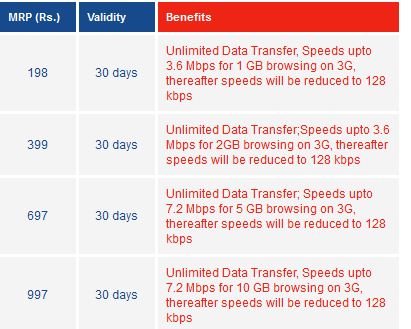Have you ever typed a few words into an AI writing tool and watched, almost magically, as it spun out paragraphs, emails, or even code? It feels a bit like mind-reading, doesn’t it? But the truth behind this incredible capability is less magic and more… well, *massive* data processing and complex statistical pattern recognition.
These digital wordsmiths aren’t born knowing how to write. They learn, much like we do, by observing and analyzing countless examples. Only, instead of learning from a few books or conversations, they learn from practically the entire digitized history of human language available to them.
If you’re curious about the basics of this fascinating process, take a quick peek at this short video:
As the video hints, it all starts with a massive data ‘buffet’. Let’s delve a little deeper into what that means and the journey from raw data to coherent text generation.
Table of Contents
The Vast Ocean of Data: Their Digital Library
Imagine trying to learn a language, grammar, writing styles, and factual information all at once, by reading almost everything ever written online. That’s a simplified view of the initial training phase for powerful AI writing assistants, often referred to as Large Language Models (LLMs).
Their training data includes an unfathomable amount of text from diverse sources:
- Websites: Trillions of web pages covering every imaginable topic.
- Books: Digitized collections spanning fiction, non-fiction, and academic works.
- Articles: News articles, research papers, blog posts, and more.
- Code: Repositories of programming code (for models trained on code).
- Conversations: Datasets derived from chat logs or dialogue transcripts (carefully anonymized).

This diverse and colossal dataset is the foundation. It exposes the AI to grammar rules in action, common phrases, stylistic variations, factual information (and unfortunately, misinformation), and the relationships between words and concepts.
Spotting Patterns: The Secret Sauce of Language Learning
AI doesn’t ‘read’ or ‘understand’ text like a human does. Instead, it processes this data mathematically. The core idea is to identify statistical patterns and relationships between words, phrases, and sentences.
Think of it this way: over billions of examples, the AI learns that after the words “The cat sat on the…” the word “mat” or “rug” is far more likely to appear than, say, “bicycle” or “mountain”. This isn’t just about adjacent words; it learns complex, long-range dependencies within sentences and even across paragraphs.
Tokens and Embeddings
Before processing, text is broken down into smaller units called tokens. These can be words, parts of words, or even punctuation. Each token is then converted into a numerical representation called an embedding. Embeddings are multi-dimensional vectors where words with similar meanings or contexts are placed closer together in this abstract space. This numerical representation is what the AI’s algorithms actually work with.
The Magic of Transformers
Modern AI writing assistants heavily rely on a type of neural network architecture called the Transformer. Introduced in a landmark 2017 paper, Transformers are particularly good at handling sequences of data, like text. Their key innovation is a mechanism called “attention,” which allows the model to weigh the importance of different words in the input sequence when processing a particular word. This helps the AI understand context and relationships between words, even if they are far apart in a sentence.

Through this process, the AI builds a complex statistical model of language, predicting the probability of the next token given the preceding ones. When you ask it to write, it’s essentially using this learned probability distribution to generate a sequence of tokens that forms coherent and contextually relevant text.
The Engine Room: Algorithms and Model Training
The algorithms are the rules and processes the AI uses to learn from the data. Training an LLM involves feeding it massive datasets and using complex mathematical techniques to adjust billions (or even trillions) of internal parameters within the neural network. The goal is to minimize the difference between the text the model predicts and the actual text in the training data.
This training is computationally intensive, requiring vast amounts of processing power (GPUs or TPUs) and time. It’s a process of iterative refinement, where the model gradually gets better at predicting the next token, thus improving its ability to generate human-like text.

Constant Refinement: Getting Better Over Time
Initial training provides a foundational understanding of language. However, many models undergo further training or fine-tuning. This can involve:
- Fine-tuning on specific tasks: Training the model on smaller, specialized datasets (e.g., legal text, medical journals, creative writing) to make it proficient in a particular domain.
- Reinforcement Learning from Human Feedback (RLHF): Humans rank different outputs from the AI, and this feedback is used to train a reward model. The AI then learns to generate text that maximizes this reward, aligning its outputs more closely with human preferences and instructions.
This continuous process helps the AI become more accurate, less likely to generate nonsensical or biased content, and better at following instructions.
What This Means for the Output
Because they learn from patterns in existing text, AI writing assistants are excellent at mimicking styles, following grammatical rules, and generating text that *looks* like it was written by a human. They can summarize information, translate languages, write different creative content formats, and answer your questions in an informative way.
However, it’s crucial to remember they don’t possess genuine understanding, consciousness, or personal experience. Their “knowledge” is derived statistically from the data they trained on. This is why they can sometimes confidently generate incorrect information (hallucinate) or reflect biases present in their training data.

Navigating the world of AI means appreciating its capabilities, born from immense data and complex algorithms, while also being aware of its limitations as a statistical pattern-matching machine.
Frequently Asked Questions About AI Writing Assistants
Here are some common questions people ask about how these tools function:
Q: Do AI writing assistants understand what they are writing?
A: No, not in the human sense of understanding. They are highly sophisticated statistical models that predict the most probable sequence of words based on their training data and the input they receive. They don’t have consciousness, beliefs, or genuine comprehension.
Q: Where do they get the information they write about?
A: Their responses are based on the vast patterns, facts, and relationships they learned during training on their massive dataset of text and code. They don’t browse the live internet in real-time (unless integrated with specific search tools), but rather access the statistical representation of the knowledge captured in their training data up to a certain point.
Q: Can they be creative?
A: They can generate novel combinations of words and ideas that appear creative because they are drawing from and remixing patterns observed in creative texts within their training data. However, this isn’t creativity driven by intent, emotion, or personal experience like human creativity.
Q: Are their outputs always accurate?
A: No. Because they predict based on probabilities and patterns, they can sometimes generate factually incorrect information, often referred to as “hallucinating.” It’s always essential to verify information provided by an AI writing assistant, especially for critical topics.
Q: How often do they get updated?
A: The core underlying models (LLMs) are retrained or updated periodically, which is a very resource-intensive process. However, the platforms or applications using these models might receive more frequent updates that improve user interface, features, or fine-tuning based on specific tasks.
The Continued Evolution
From binge-reading the digital world to spotting intricate linguistic patterns and deploying complex algorithms, the journey of an AI writing assistant from raw code to a functional tool is a marvel of modern computing. They are constantly being refined, pushing the boundaries of what’s possible with artificial intelligence in the realm of language generation.
Understanding how they learn gives us a clearer picture of their capabilities and limitations, helping us use these powerful tools more effectively and responsibly.





